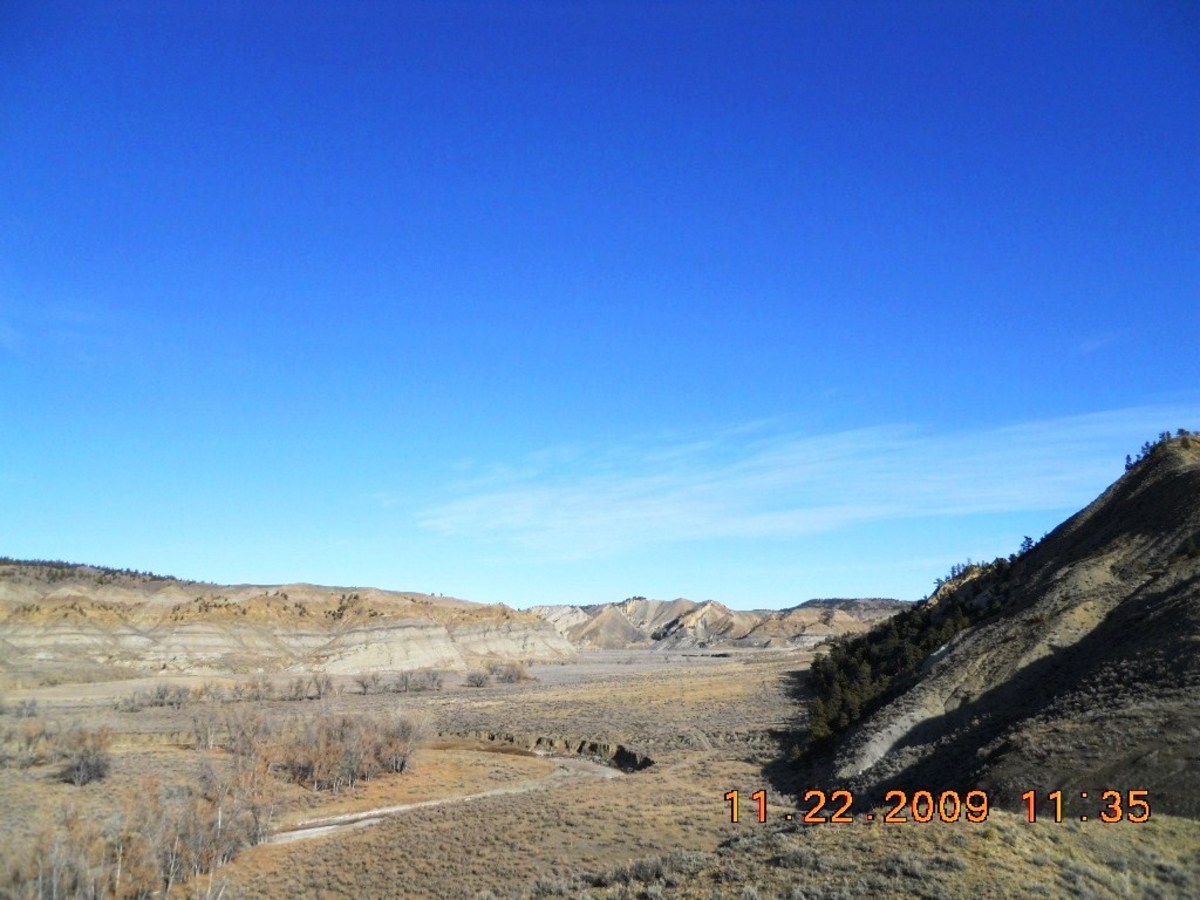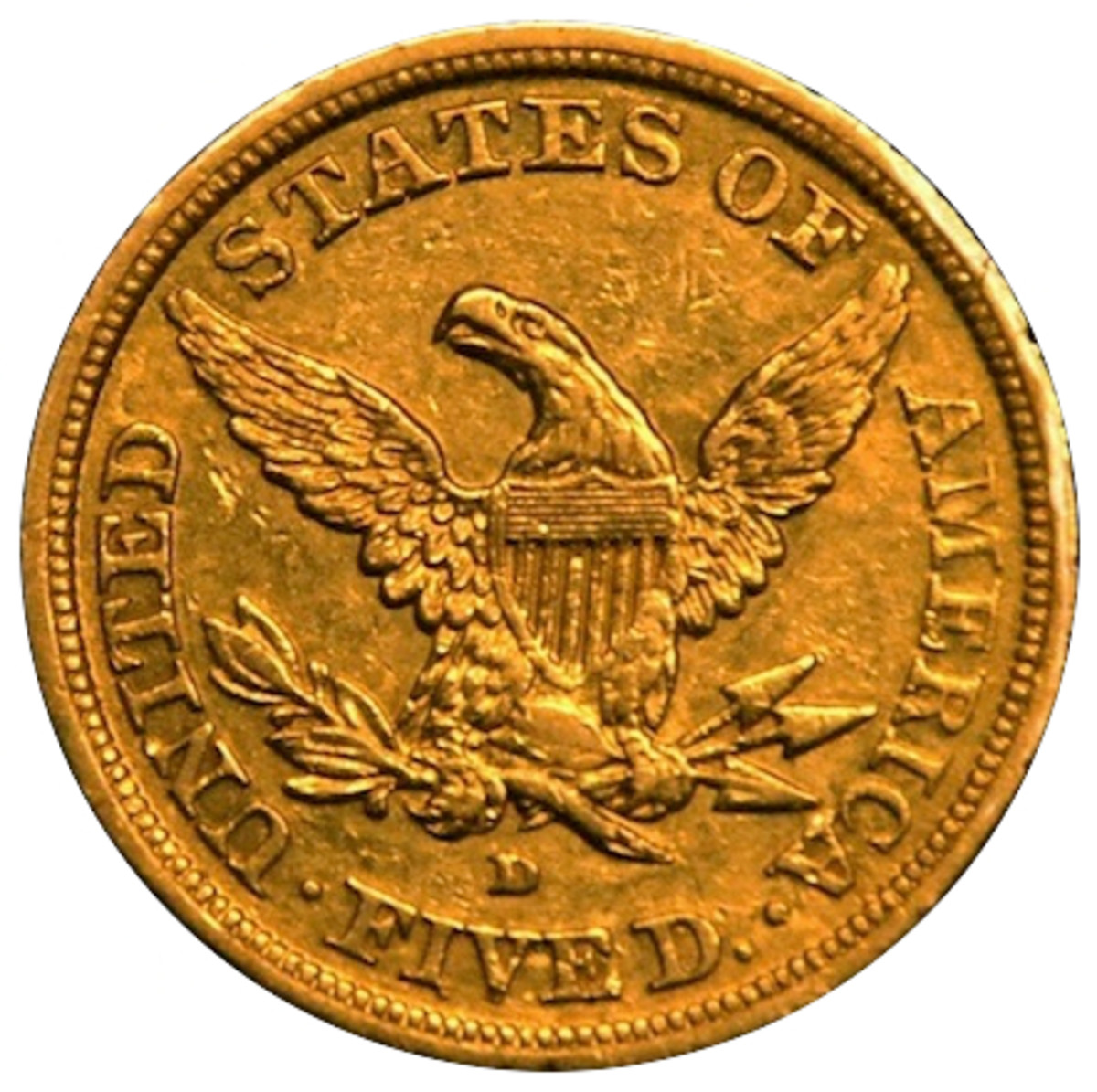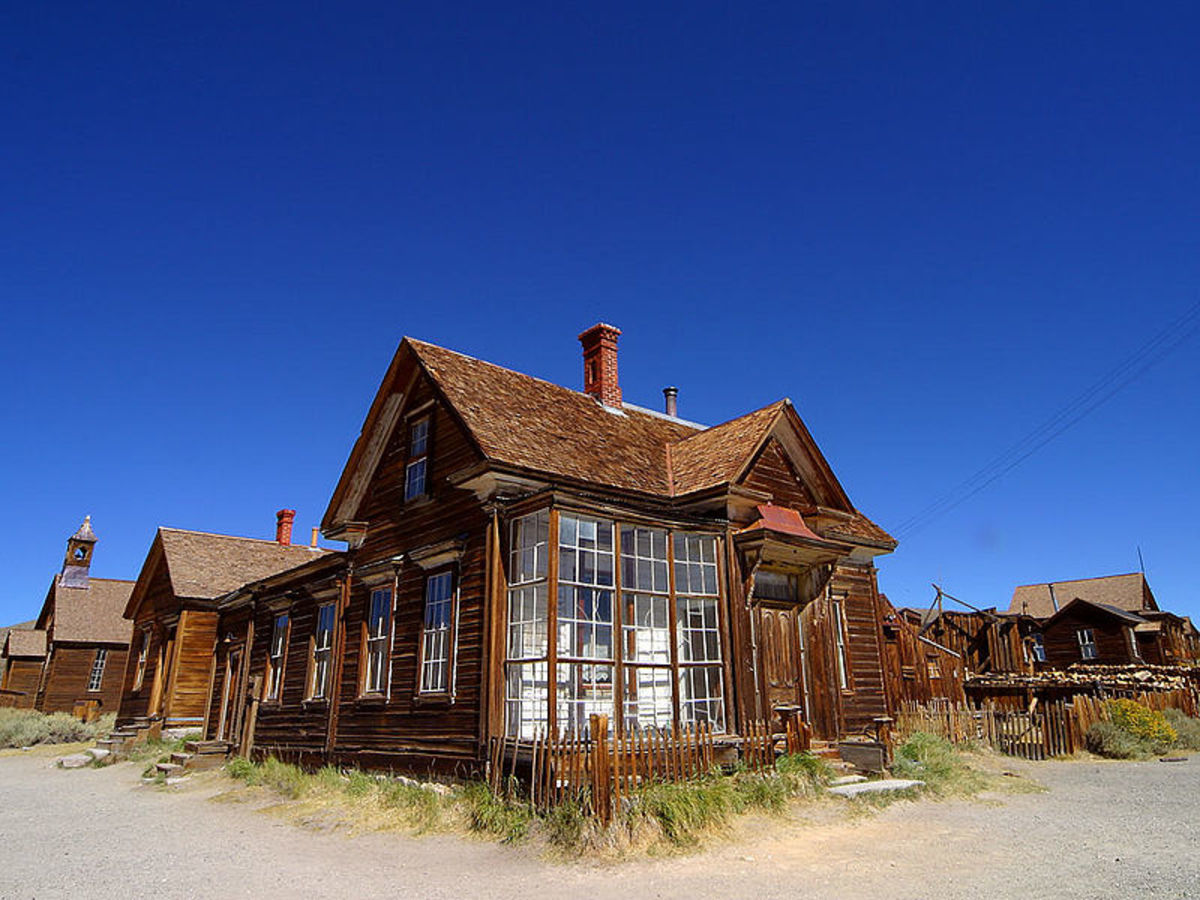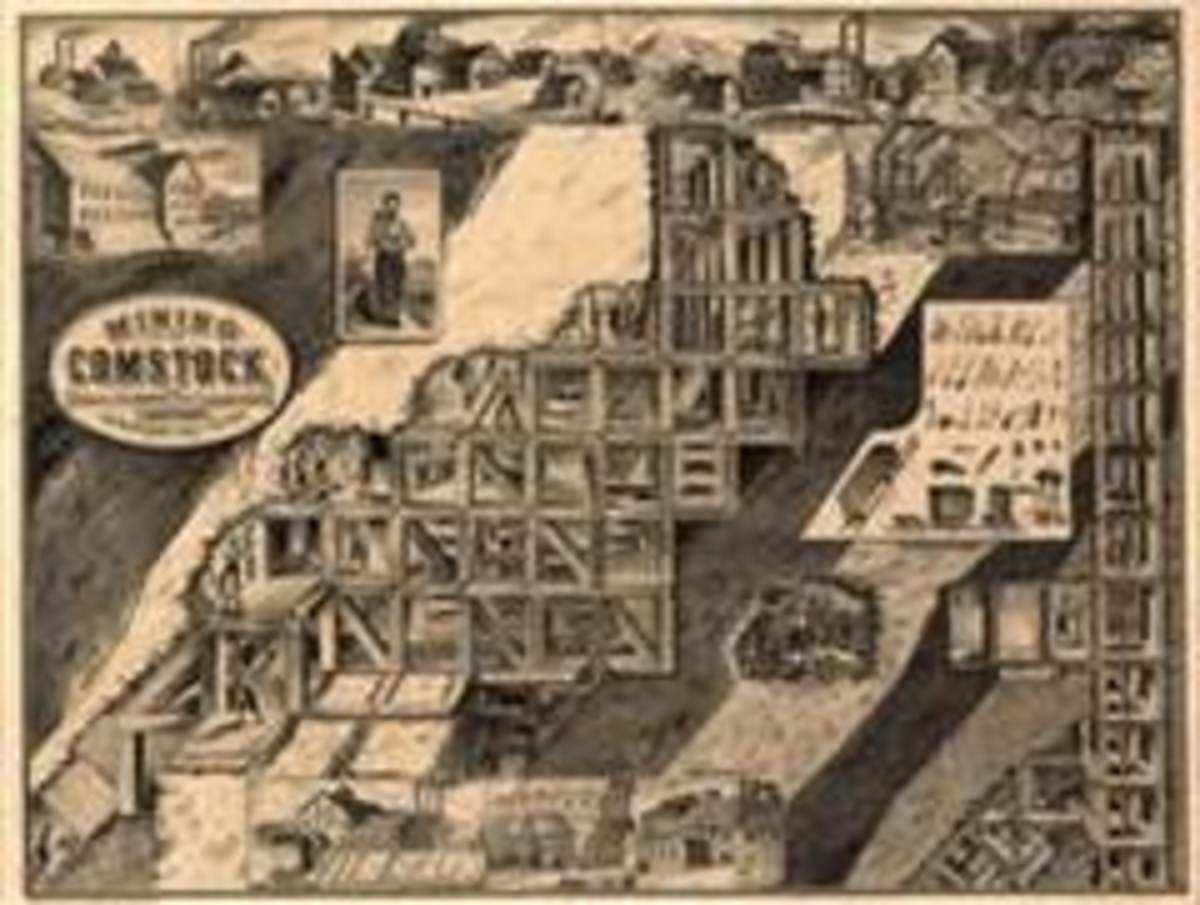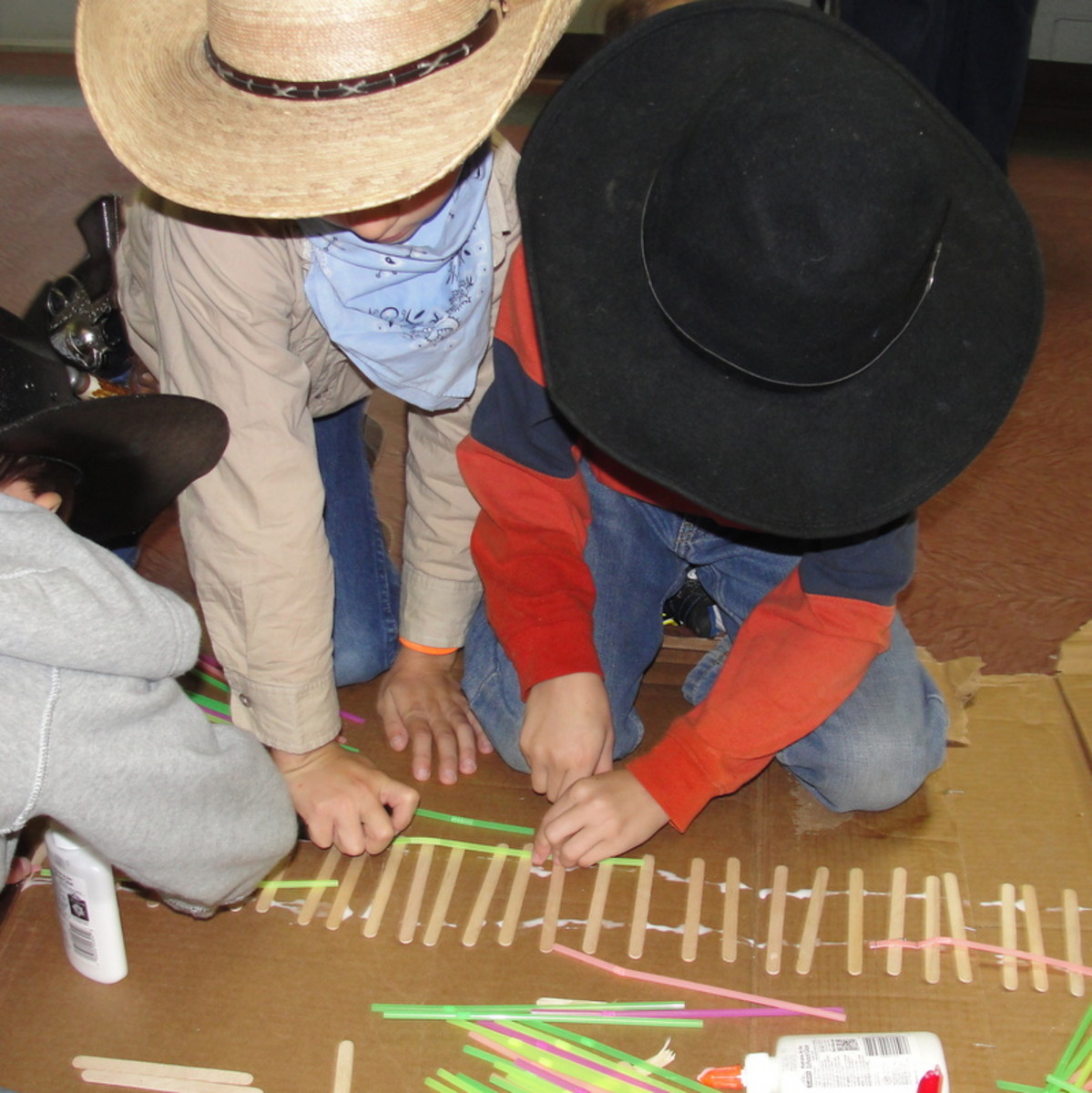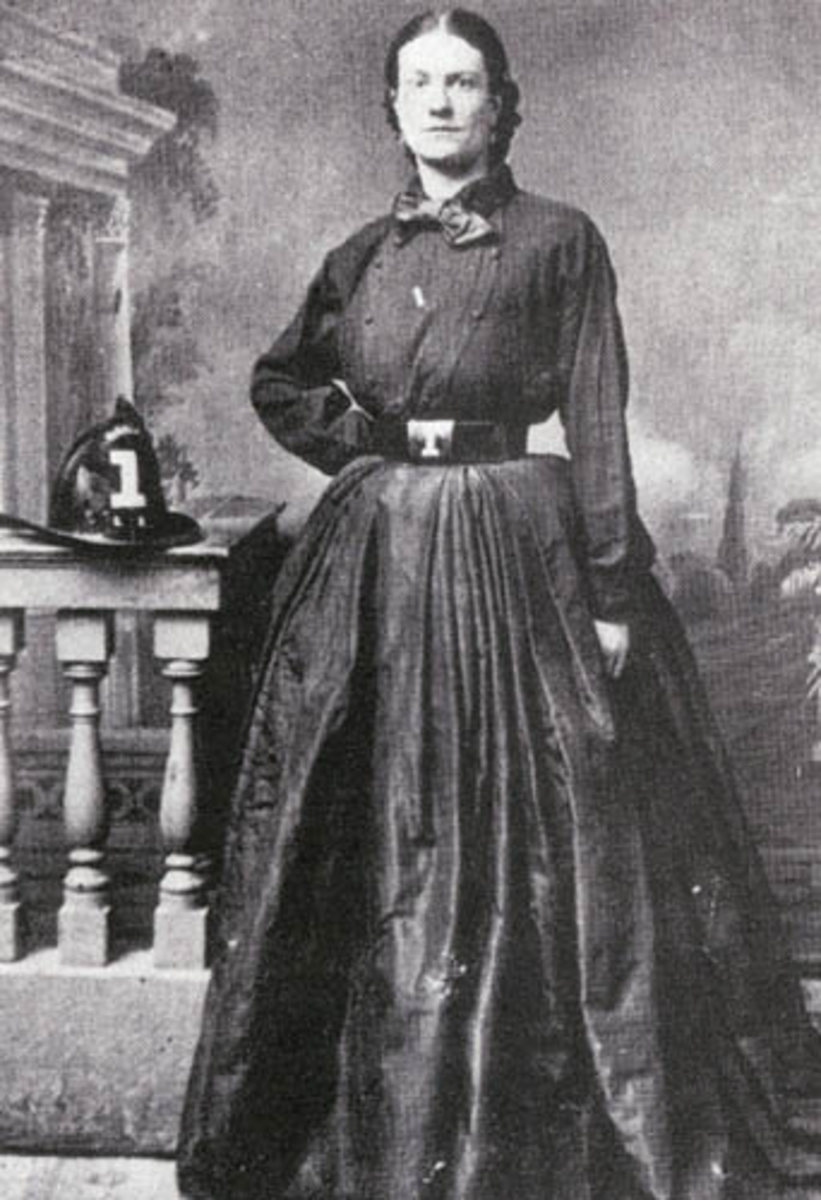- HubPages»
- Education and Science»
- History & Archaeology»
- History of the Americas
A Living Ghost Town: The Story of Bannock Montana
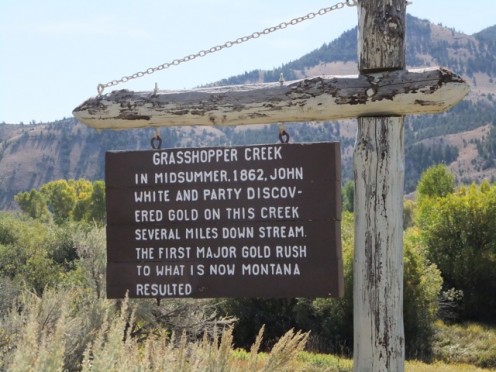
The Beginning
In 1862 John White and several others in his party came across a creek, in what was to become part of south west Montana, in search of the treasure of the time; gold. The creek held just that. Originally named " Willard Creek" by the Lewis and Clark Expedition, and to be the key in the creation of Montana as a state. John White, had traveled from Colorado to what was then Idaho territory in search of wealth.
Him and his party were the first to file a claim of gold, and it did not take long for the word of gold to me spread. In an instant the creek was booming with all walks of live, come to make their fortune from what lie in the water. Overnight, people had began settling around their panning sites. They lived however they could, tents, caves, wagons and literally holes in the ground.
In a span from July to October, a town was born; Bannack. Over 400 hundred settlers had made their home here in that short time. The reason behind this large colinizing boom was of course the gold. The California Gold Rush had been an even larger boom, but not as rewarding. The gold that was found in Bannack was 5% purer than any gold found elsewhere, resulting in more pay out for the miners and panhandlers.

Henry Plummer
Henry Plummer, was born 1832 in Addison, Maine to William Jeremiah and Elizabeth (Handy) Plummer. The youngest of 7 children he was expected to carry on the family tradition of becoming a sea captain, but was too weak of body and mind.
As a teenager his father died and the family began to struggle financially. So, as to help out his family, he told his mother he was going to head to the west and make a fortune to send home. He headed for the mining in the west in April of 1852 at the age of 19.
He traveled for nearly a month, first sailing on a mail ship from New York to Aspinwall, Panama. From Aspinwall, he took a mule to Panama City boarding another ship to California. He arrived in San Francisco and began working in a bakery. When he had made enough money, he moved 150 miles north to Nevada County, where he owned a ranch and mine outside of Nevada City. Later he traded his mining shares for the Empire Bakery in Nevada City.
Persuaded by the townspeople, he ran for sheriff in 1856. Henry was 24 years old at the time and was elected Marshall of the third largest California settlement. And then again in 1857 he won the re-election.
Shortly after his re-election to sheriff, he shot and killed John Vedder, a local miner. Plummer was said to have been sleeping with Vedder's wife and they got into a fight resulting in John's death. Plummer was arrested and the case went in front of the California Supreme Court not once but twice. He was finally convicted of murder in the second degree and sentenced to serve 10 years in the San Quentin Prison. On February 22, 1859, Henry Plummer began his sentence.
The locals rapidly began petitioning the Governor for a pardon claiming that it was in self defense. While serving his 10 year sentence, Henry met Cyrus Skinner, who was serving for grand larceny. Fate turned in Plummer's favor on August 16, 1859 when he was released from prison on account of his tuberculosis and the petitions sent in by the townspeople.
After being released he returned to the Nevada City Bakery and spent almost all his free time and money at the local brothels. But this lifestyle eventually left him completely broke, so he decided to join a gang and begun robbing stage coaches. On one instance the stage driver and the passengers escaped and Plummer was arrested once again for his crimes.
But once again luck was on his side, and Plummer was acquitted due to lack of evidence. But the luck was not there for long as he was once again in trouble with the law due to a fight over a " Painted Lady" with William Riley on October 27, 1861. Plummer shot and killed Riley and was yet again arrested. But escaped from jail by bribing a bailiff and headed for Oregon.
On his way to Oregon, Plummer made yet another friend in Jim Mayfeild, who had been accused of killing a sheriff in a local town. To take the heat off of both him and Mayfeild, Plummer sent a letter to California stating that they had been hanged in Washington. And the next stop on his trail was Lewiston, Idaho where he was spotted with a female companion staying in the Luna House.
Plummer got a job in a local casino where he once again met with Cyrus Skinner, and his friends "Club Foot" George Lane and Bill Bunton. Together the four of them formed a gang, robbing local families and gold shipments. Their area of attacks was between Elk City, Florence, and Lewiston.
The gang's last incident was in Orofino, Idaho. They were enjoying themselves at a local saloon. The saloon keeper, Patrick Ford, kicked them out because of their behavior, they left and headed to the stables. Ford followed them and fired upon Plummer. Henry got his gun and returned fire killing Ford.
As a result Ford's friends and family formed an lynch mob scaring Plummer out of town and on his way to Montana.
In September of 1862, Plummer's tuberculosis was begin to take a toll, and he planned on heading home to Maine. He made his way through the Bitterroot Mountains and ended up in Fort Benton. He planned on taking the Missouri River via riverboat, but due to frozen parts, there were no scheduled trips. So he decided to stay through the winter and leave when spring came.
He began working as a ranch hand on a government ranch and Indian Agency named Sun River Ranch. By October, he had his eye caught by the sister-in-law of James Vail, an Indian Agent. Her name was Electa Bryan and after being together for a few months, they were engaged.
Electa had caught the eye of another man, Jack Cleveland. and he was infuriated by the news of her and Henry being engaged. In January 1863, Henry and Electa made their way to Bannack, followed by Cleveland.
Upon arriving in Bannack, Plummer met up with his old friends Skinner, Lane, and Bunton. They devised a plan to organize yet another gang, the Innocents. And as the gang grew they developed secret codes and handshakes to help keep the members known and somewhat safe.
While in one of his regular saloons, the Goodrich Saloon, Plummer was taunted and harassed by Jack Cleveland. Cleveland was shouting to everyone in the tavern about Plummer's involvement in the Innocents. When Plummer told Cleveland to stop, he ignored and kept spewing accusations. Henry shot a warning shot, scaring Cleveland into reaching for his own gun. But Jack was too slow.
Plummer shot at Cleveland inflicting a mortal wound. Jack was taken to the butcher shop a few feet from the saloon. Hank Crawford, the manager of the shop, heard the last words of Cleveland who had lived for nearly three hours after being shot. Henry was again arrested.
The trial was thrown out due to witness testimony of Cleveland harassing Plummer, and life went on and crime increased.
By spring of 1863 there were over 10,000 men on the search for gold. Many were fated to die due to what they had found and there seemed to be no solution to fix the crime rate. The town decided that there was a need for a sheriff. Henry Plummer ran apposed by Hank Crawford. In the first election Plummer lost and became very reckless. Drunk, he went after Crawford with a shotgun. Unknown to Henry, Crawford had been warned of his plans. When Plummer came to exact his revenge Crawford was waiting and shot him in the right arm.
After taking an injury to his shooting arm, Plummer began practicing shooting with his left. He eventually became very skilled with it and planned to go after Crawford once more. Scared, Crawford resigned from his post as sheriff and left Bannack and never came back. Another election was held and Plummer was the victor.
Plummer appointed Buck Stinson and Ned Ray as his deputies on May 24, 1863. At this point the members of the gang the Innocents had reached 100, and over the next few months more then a 100 citizens were murdered in cold blood. But in all the darkness, on June 20, 1863, Henry and Electa were wed.They moved into a log cabin and were happy, or so it seemed.
Three months passed, and Electa left. She went to Cedar Rapids, Iowa to her parents home. This was the last time she would have ever seen Henry. He went on a rampage of false accusations, covering up the truth of the Innocents. He would hang whoever was in the wrong place at the wrong time, covering the tracks left by the murderous gang. And for quite some time the Innocents went unpunished. Suspicious residents of Bannack were too frightened to speak out so they remained silent.
And with no one apposing him, he decided to expand his murdering empire to Virginia City, where he was the Deputy U.S. Marshall of the Idaho Territory east of the Mountains.
Then in December of 1863, and organization of men tired of the crime rate being high was created. The Montana Vigilantes decided to take matters into their own hands. They began investigating and finding alleged Innocents and leaving posters and warnings. The most common was the number sequence 3-7-77, a sign of banishment and disgrace. In their rampage to end the crime, they had hung 24 men accused of being road agents.
Still searching for the unknown leader, they cam upon Erastus "Red" Yager. Before he was executed, he pleaded for his life giving out names and he gave them Henry Plummer's name as the leader of the Innocents. The town was torn on whether the testament was true or false.
But the Vigilantes took it upon themselves to make the decision. After an evening of drinking they concluded he was guilty and went in search of Henry. The day was January 10, 1864, and it took 50 to 75 men to capture Plummer, Stinson, and Ray. They took the three accused gang members to the gallows that Plummer had built himself. Ned Ray was the first to be hung followed by Buck Stinson and both begged for their lives with the names of others.
Plummer never told names, but offered the gold that the Innocents had accumulated. The Vigilantes took no interest and slowly hung him from the gallows even after Henry asked for a "good drop". Guards stood watch for an hour after the hangings. Plummer was the only one of the three to be buried in a wooden coffin, and as they weren't worthy of being buried in the town's cemetery, they were laid to rest a mere 100 yards from the gallows in Hangman's Gulch.
The Vigilantes didn't stop there. They continued to rid the territory of all Innocents they could find. They searched in Missoula, Deer Lodge, Virginia City, and Fort Owen until they were satisfied.
Henry Plummer's corpse was unearthed twice after being buried. The first was by a Bannack doctor who took his right arm in search of the bullet that Hank Crawford had put there. The doctor found it and stated it was smooth from the bone rubbing up against it for all that time.
The second was by two drunk men, who simply did it for the recognition. They took his head and returned to the Bank Exchange Saloon where the skull remained for several years until the building and all that was in it burned in a fire.
Electa maintained the statement that he was innocent. She moved to Vermillion, South Dakota and married James Maxwell. They had two sons of their own Vernon and Clarence and two daughters from James' previous marriage. She died May 15, 1912 in Wakonda, South Dakota.
Just In Case I Missed Anything
The Buildings
There were many buildings in Bannack in the days when life was abundant around Grasshopper Creek. And many have long histories behind them.
The most well-known building in Bannack would have to be the Hotel Meade. In 1864 the first legislative session was held concluding in Bannack being named the County Seat of Beaverhead County. The building was constructed in 1875 to serve as the Beaverhead County Courthouse. But things took a turn in 1881 when the gold had become scarce and because Dillon was rapidly growing due to it's involvement in the freighting company the county seat was relocated there in February.
But that was not the end of the building's story. In 1890 Dr. John Christian Meade baught the structure for $1,250. He then remodeled the second floor to become a hotel. He also added rooms in the main floor and remodeled the kitchen and dining area. The Hotel Meade became the building in which all social activity was centered. The tables were perfectly based and sat 4 to 6 people with fine white linens and silver china. Operation of the hotel lasted for quite a while until in the 1940s the hotel was permanently closed.
One of the first buildings to be constructed in Bannack was the Assay Office. This was where the miners and panhandlers brought their gold to be analyzed by weight and the value was assessed. Later it also came to be the building in which Oliver's Stage Station was managed out of. When the gold became scarce and there was not much gold to be assessed, the office was turned into first a drug store and then later a butcher's shop.
Now what would an old western settlement be without a school to teach it's future generations. In 1874, the Freemason's of Bannack decided that there was a need for a building specifically for their Lodge and the town's school. Before construction, the first school was organized and taught by Lucia Darling; the niece of the Chief Justice Sydney Edgerton. The first class was held in Edgerton's living room in 1863 with less that a dozen students in attendance. A year later the number of students increased and there was barely any room in the Edgerton home. So the town crudely built a small cabin for the classes to be held in.
So Bannack Mason Lodge No. 16 resurrected the building and atop the building is the Emblem of the Masons which is mounted using Mrs. A.F.'s Graeter's breadboard.
Classes were held in the school for just about 70 years until in 1951. The school closed to the decreasing amount of students attending. But school was always an importance and instead of the school, classes were held in places such as the Gibson House, the Road Agents Store, and the Church.
The Methodist Church was built in 1877 because of a Nez Perce Native American scare and a man named William Van " Brother Van" Orsdel. It was the first building in Bannack meant just for worship. Orsdel had arrived in Bannack at the peak of the mining boom. He noticed that saloons and bars were open on Sundays and walked up the the bar and stated he was a minister. The bartender immediately closed the bar for one hour in which Orsdel, began singing one of the times well-known songs " The Diamond In The Rough". The battle of Big Hole played a major part in the building of the church.
August 1877, was a very frightening time for settler in the west. Chief Joseph and the Nez Perce Natives had just defeated General Gibson in Big Hole and the word was they were headed directly towards Bannack. The town panicked and built two lookouts on the tallest hills to have sufficient warning for the imminent attack. Fortunately the Native American's never hit Bannack, but they did kill 4 settlers just outside of town. Orsdel buried the victims and had no trouble convincing the town to build the church.
The Governor's Mansion was exactly the opposite. Sydney Edgerton and his family arrived in September of 1863. His family consisted of his wife Mary, and his four children. Martha age 13, Wright age 10, Sidney age 7, and Pauline age 5. Joining them was also Lucia Darling. They made the 2,500 mile journey from Ohio to the Idaho Territory. The original plan was for them to continue on to Lewiston, but weather altered that plan. Edgerton bought an old store via a sheriff's auction for $400. It was a one room building with an added kitchen. The one room acted as a bedroom, living room, and Sydney's office. To beautify the inside, Mary hung sheets around the large room. As long as the family lived in Bannack, they occupied this residence. In the 1900s the building was almost completely burned to the ground. Salvaged logs were used in the recreation.
The Roe/Graves House was one of the first houses built in Bannack and one of the first frame houses to be built there as well. William Roe arrived in Bannack in 1862 and built the home in 1866. He was one of the first Bannack settlers to strike it rich with gold,he and his brother Isaac opened a general store and meat market in Bannack. Later they also acquired a licence and opened banking business to buy gold.Williams interests changed to freighting, merchandising, and banking so he packed up and moved to Dillon. There he incorporated the State Bank in 1899.
F.L. Graves was the next to occupy the home. He was the first to develop an electric dredge and was awarded for it with an ebony-headed cane and a solid gold watch. His family owned the home until the Bannack State Park acquired it.
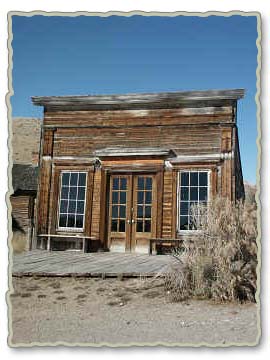
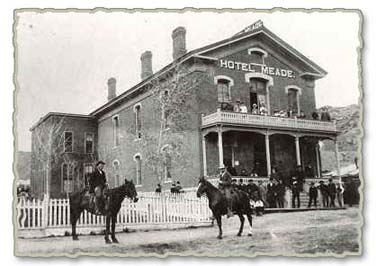
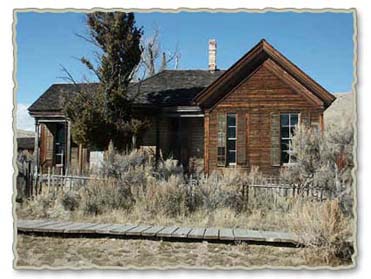
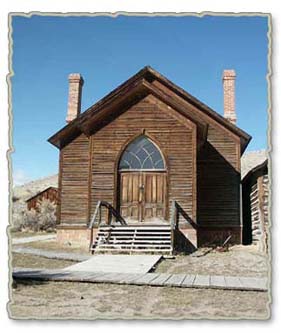
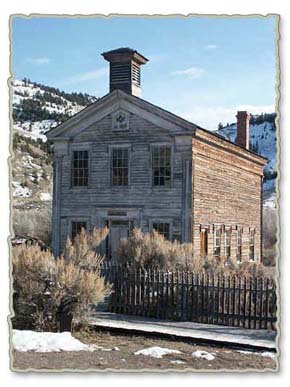
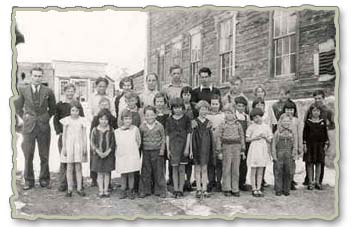
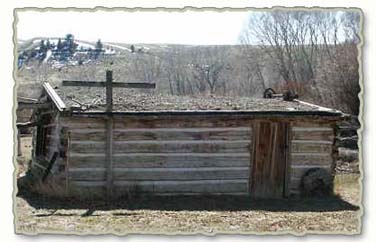
Veiw Of The Park Today

The Bannack Of Today
Bannack is almost as alive as it was when it was founded. In the 1950s the gold mining in the town had died down to virtually nothing. It was then that the state of Montana declared Bannack a State Park. Over 60 buildings and structures still stand. Most you can actually enter and explore.
The Montana Fish, Wildlife, and Parks takes care of the park now and there are many activities to enjoy when you visit the park. For more information go to http://www.bannack.org/index.htm
Ghost towns are always a fun place to spend your time. Full of history and some have history that never truly left.Bannack is no exception.
Many psychic organizations have visited the park looking for evidence of the afterlife and spirits. The television show "Ghost Adventures" has even visited. Many have found evidence in several houses and buildings.
A little girl is said to occupy the Hotel Meade, and when I was in the 7th grade I encountered her as well. The top floor room with balcony access is closed due to not so gentle spirits. There are buildings you can hear the children crying from the typhoid and smallpox epidemics.
The gallows have been said to be occupied as well.
I encourage you to go and experience what Bannack has to offer for yourself. As a preteen, it was very educational, spiritual, and fun for me.Thanks for reading :)




